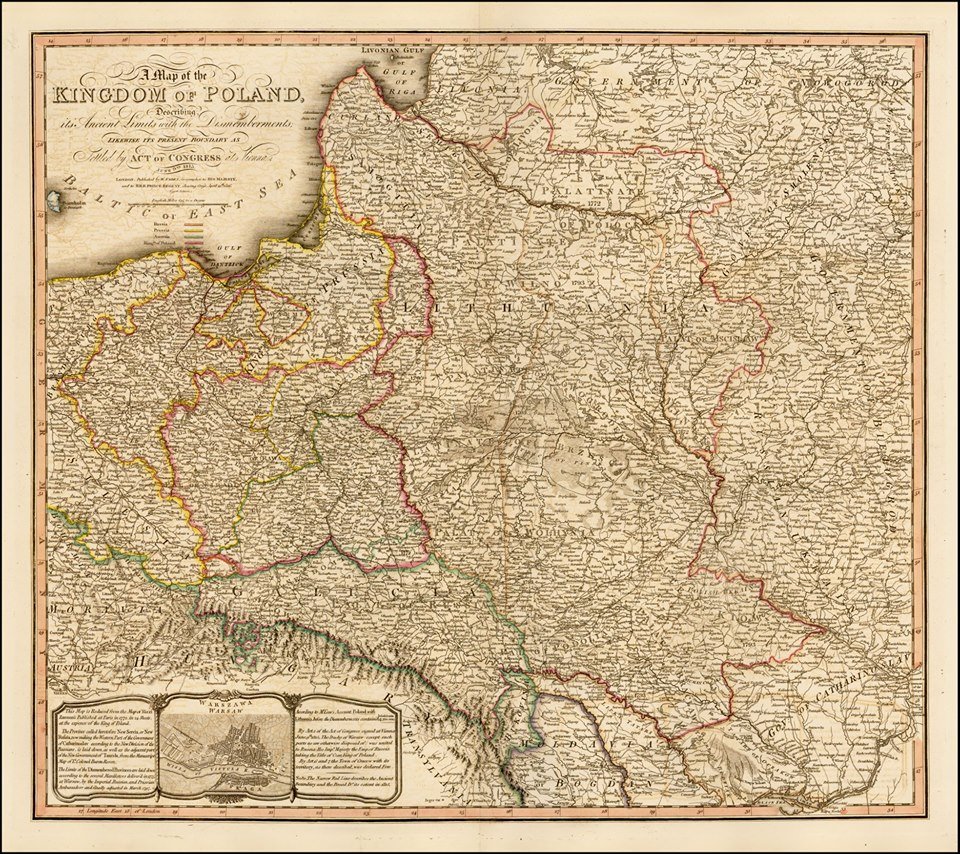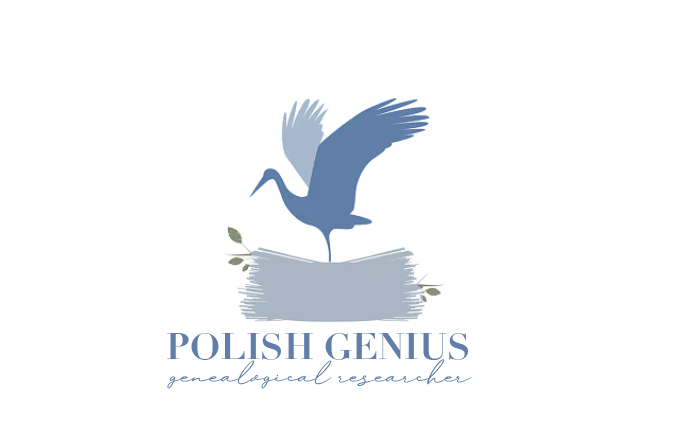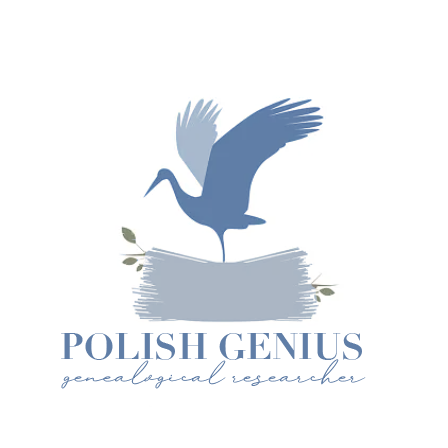Third partition AKA Why my Polish ancestors stated they were from…?
This is one of the most asked questions: WHY MY POLISH ANCESTORS STATED THEY WERE FROM RUSSIA OR AUSTRIA?
The short answer is: because of the Third Partition POLAND DIDN’T EXIST for 123 years.
Historic map of the Third Partition of Poland by the British publisher William Faden, published in 1799. The very detailed map shows the ‘dismemberment’ of the former Polish-Lithuanian Commonwealth (bordered in pink) into Russian (beige), Prussian (yellow), and Austrian (green) partitions.
The Russian part included 120,000 km² and 1.2 million people with Wilno, the Prussian part 55,000 km² and 1 million people with Warsaw, and the Austrian 47,000 km² with 1.2 million and Lublin and Kraków.

The long answer is:
Following the First Partition of Poland in 1772, in an attempt to strengthen the greatly weakened Commonwealth, King Stanislaus Augustus put into effect a series of reforms to strengthen Poland’s military, political system, economy, and society. These reforms reached their climax with the enactment of the May Constitution in 1791, which established a constitutional monarchy with separation into three branches of government, strengthened the bourgeoisie and abolished many of the privileges of the nobility as well as many of the old laws of serfdom. In addition, to strengthen Poland’s international standings, King Stanislaus signed the Polish-Prussian Pact of 1790, ceding further territories to Prussia in exchange for a military alliance. Angered by what was seen as dangerous, Jacobin-style reforms, Russia invaded Poland in 1792, beginning the War in Defense of the Constitution. Abandoned by her Prussian allies and betrayed by Polish nobles who desired to restore the privileges they had lost under the May Constitution, Poland was forced to sign the Second Partition of Poland in 1793, which ceded Dobrzyn, Kujavia, and a large portion of Greater Poland to Prussia and all of Poland’s eastern provinces from Moldavia to Livonia to Russia, reducing Poland to one third of her original size prior to the First Partition.
Outraged with the further humiliation of Poland by her neighbors and the betrayal by the Polish nobility, and emboldened by the French Revolution unfolding in France, the Polish masses quickly turned against the occupying forces of Prussia and Russia. Following a series of nationwide riots, on March 24, 1794, Polish patriot Tadeusz Kościuszko took command of the Polish armed forces and declared a nationwide uprising against Poland’s foreign occupiers, marking the beginning of the Kościuszko Uprising. Catherine II and Frederick William II were quick to respond and, despite initial successes by Kosciuszko’s forces, the uprising was crushed by November 1794. According to legend, when Kosciuszko fell off of his horse at the Battle of Maciejowice, shortly before he was captured, he said “Finis Poloniae”, meaning in Latin “[This is] the end of Poland.
Austrian, Prussian, and Russian representatives met on October 24, 1795 to dissolve the Polish–Lithuanian Commonwealth, with the three conquering powers signing a treaty to divide the region on January 26, 1797. This gave Austria control of the Western Galicia and Southern Masovia territories, with approximately 1.2 million people; Prussia received Podlachia, the remainder of Masovia, and Warsaw, with 1 million people; and Russia received the remaining land, including Vilnius and 1.2 million people. Unlike previous partitions, no Polish representative was party to the treaty. Austria, Russia, and Prussia forced King Stanislaus to abdicate and retire to St. Petersburg, where he died as Catherine II’s trophy prisoner in 1798.
The victors also agreed to ERASE THE COUNTRY’S NAME:
The victors also agreed to ERASE THE COUNTRY’S NAME:
“In view of the necessity to abolish everything which could revive the memory of the existence of the Kingdom of Poland, now that the annulment of this body politic has been effected … the high contracting parties are agreed and undertake never to include in their titles … the name or designation of the Kingdom of Poland, which shall remain suppressed as from the present and forever”.
The Third Partition of Poland ended the existence of an independent Polish state for the next 123 years.
Immediately following the Third Partition, the occupying powers forced many Polish politicians, intellectuals, and revolutionaries to emigrate across Europe, in what was later known as the GREAT EMIGRATION*.
Immediately following the Third Partition, the occupying powers forced many Polish politicians, intellectuals, and revolutionaries to emigrate across Europe, in what was later known as the GREAT EMIGRATION*.
These Polish nationalists participated in uprisings against Austria, Prussia, and Russia in former Polish lands, and many would serve France as part of Napoleon’s armies. In addition, Polish poets and artists would make the desire for national freedom a defining characteristic of the Polish Romanticist movement. Poland briefly regained semi-autonomy in 1807 when Napoleon created the Duchy of Warsaw, but this effectively ended with the Congress of Vienna in 1815. The Congress created a Kingdom of Poland, sometimes called Congress Poland, as a Russian puppet state. Even this, however, came to an end after a Polish insurrection in 1831, at which point Russia dissolved the Congress Kingdom and exacted multiple punitive measures on the Polish populace. In 1867, Russia made Poland an official part of the Russian Empire, as opposed to a puppet state. Poland would not regain full independence until the end of World War I, when the signing of the Treaty of Versailles and the collapse of the Russian Empire allowed for the resurrection of Polish national sovereignty.
It was 1918 and Poland had made a comeback for 20 years until… World War II began.


Laurie Josefek-Badger
I’m a fourth generation American with Polish ancestors arriving here in the late 1800s (Smiegel from (?) Warsaw) to Josefek (Joseph Jozefek “of royal blood” (???)) and Anna Wesoly (“farmer’s daughter”) of Niebieczcany (a tiny farming village in Rhezov) (pardon any misspelled or misunderstood geographical things) also there was a “Kawa” from somewhere, he died very young here after his daughter (my mom) was born. Both of my parents always maintained they were from Poland! What’s the best way to help Polish people help the Ukrainian people? My Wesoly or Jozefek (distant) relatives might still be in Niebieczcany, my parents had “found” them 40 years ago when visiting Poland.